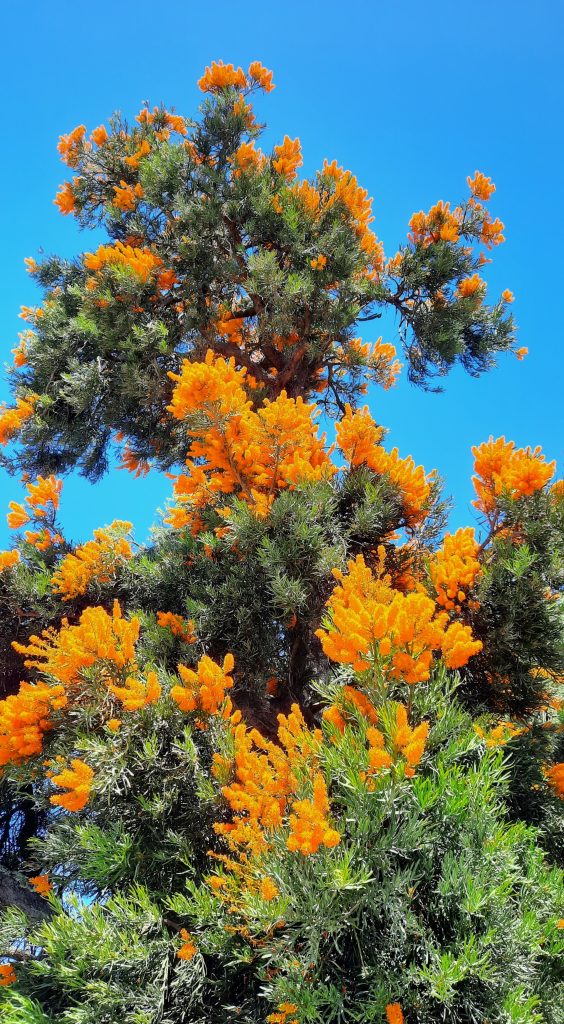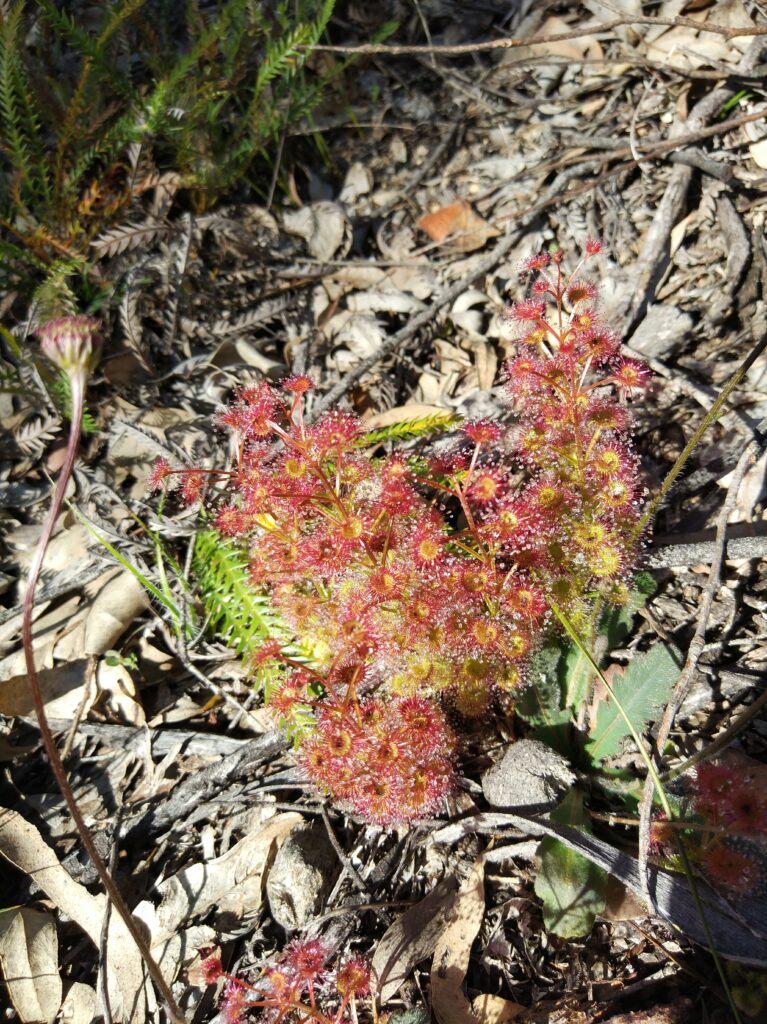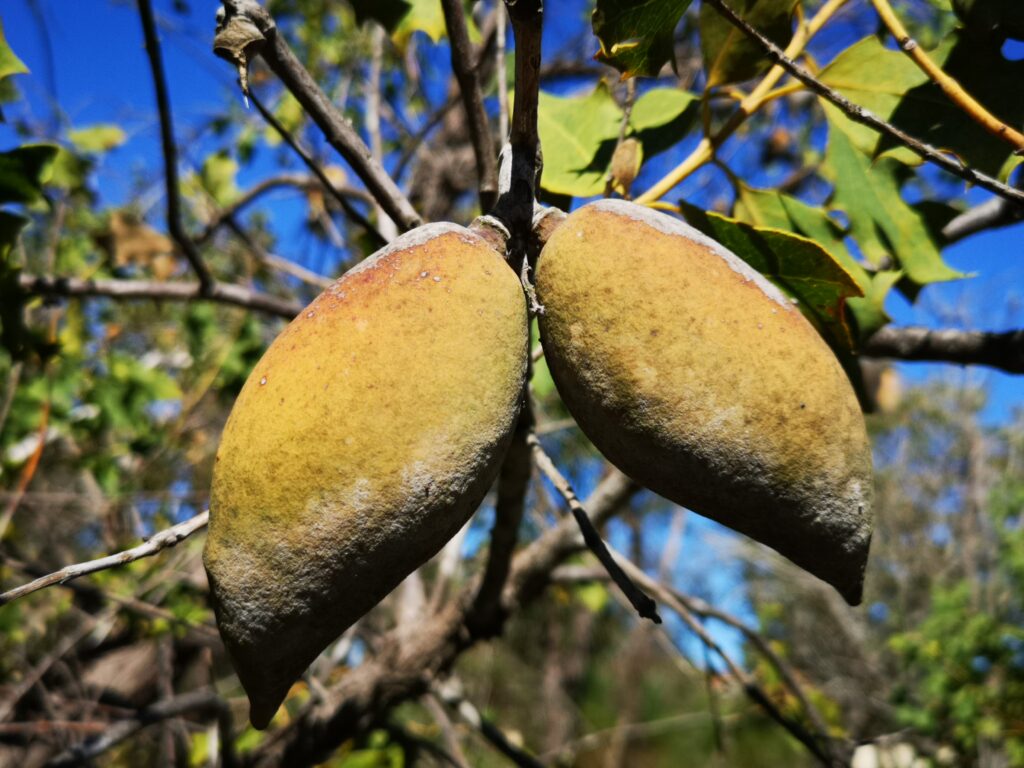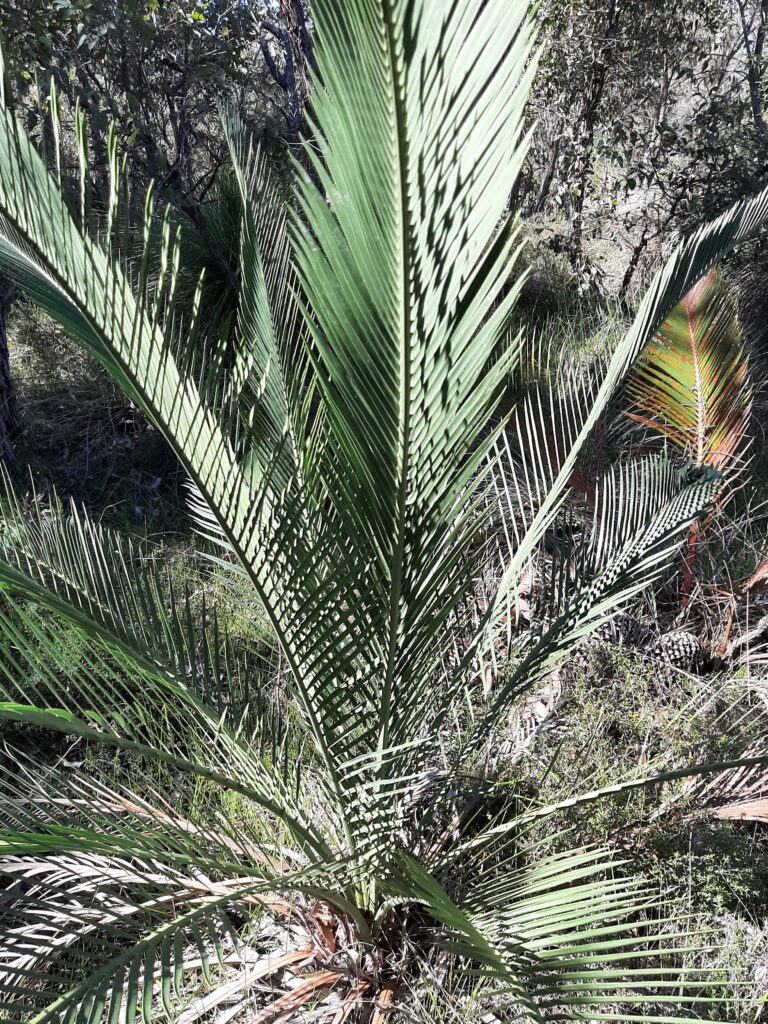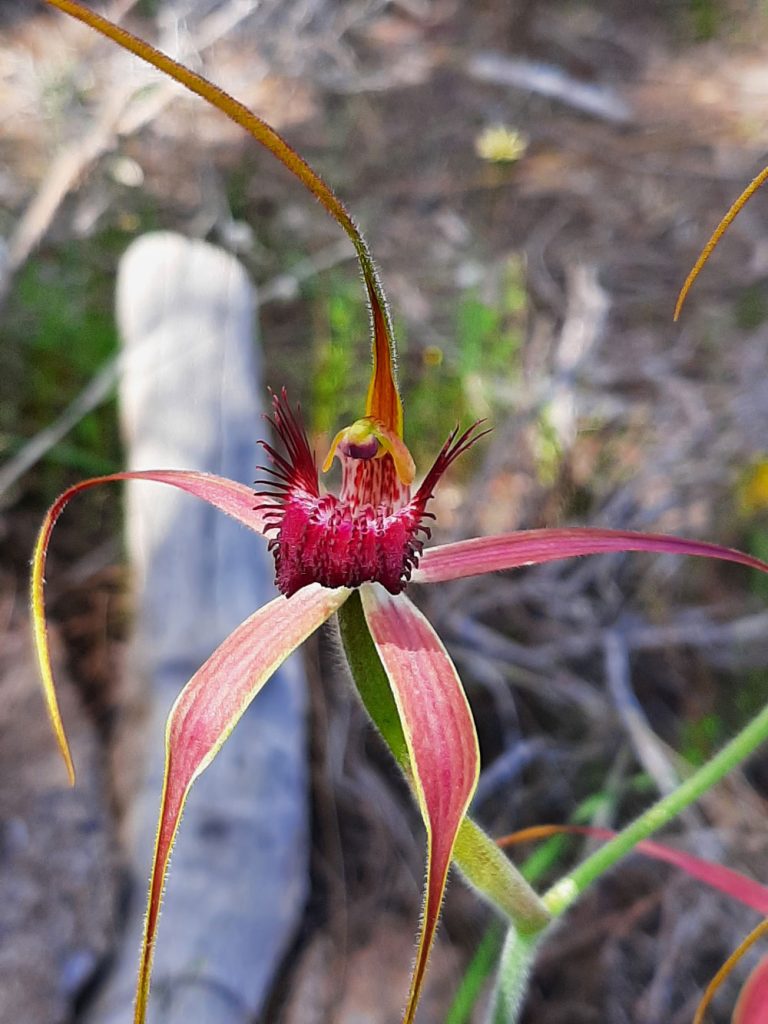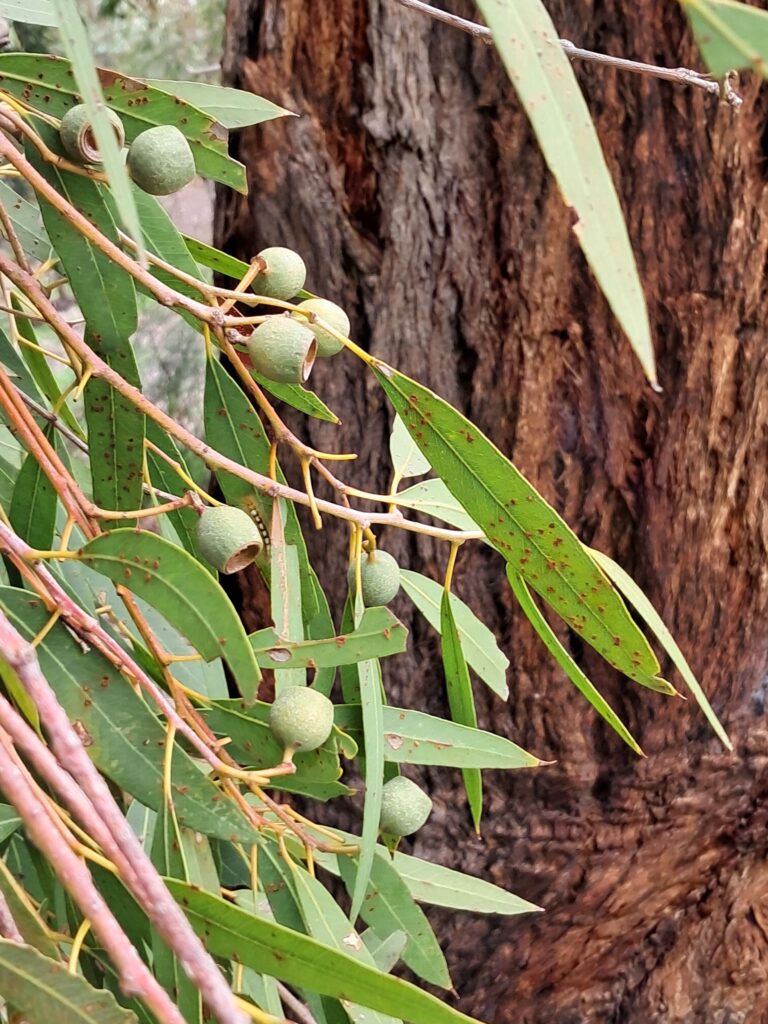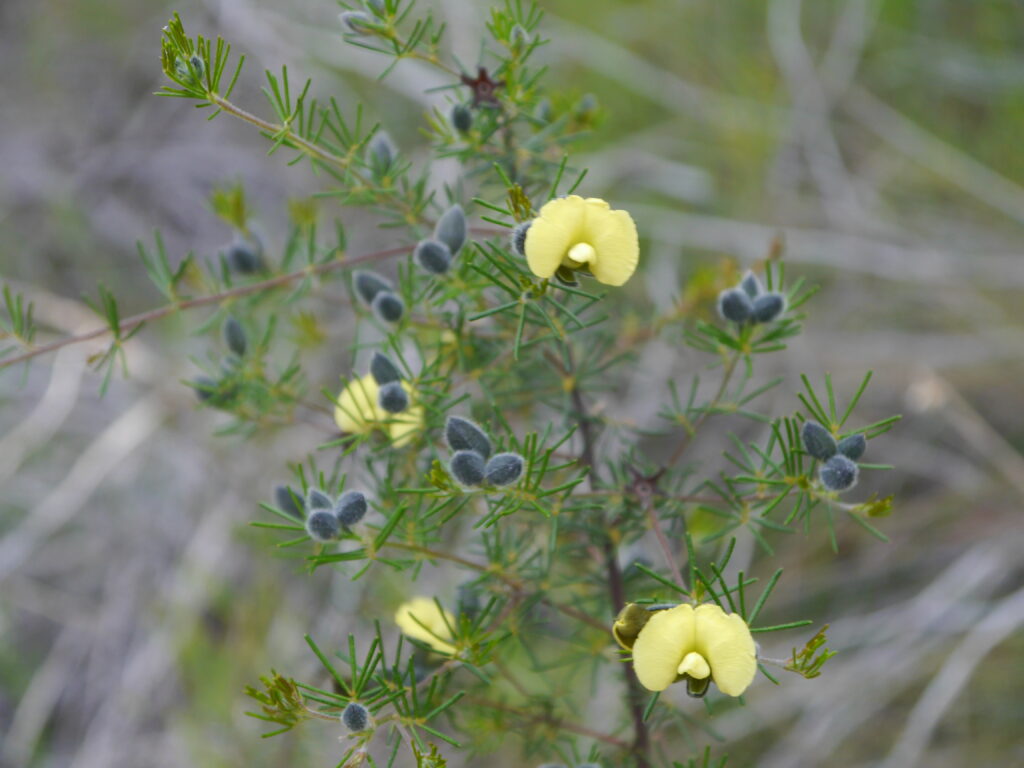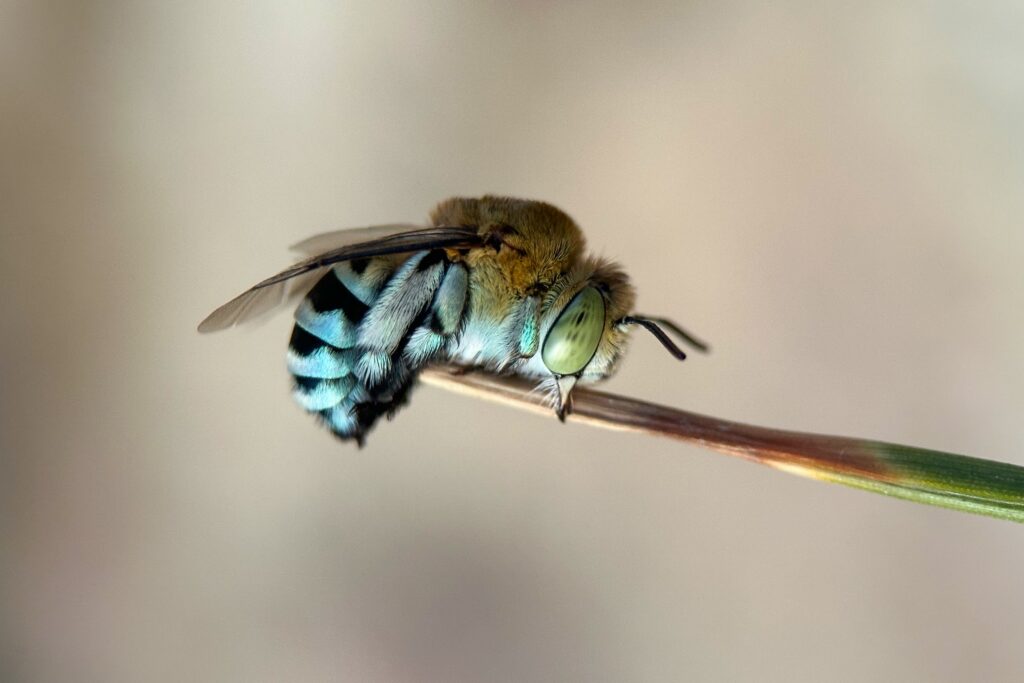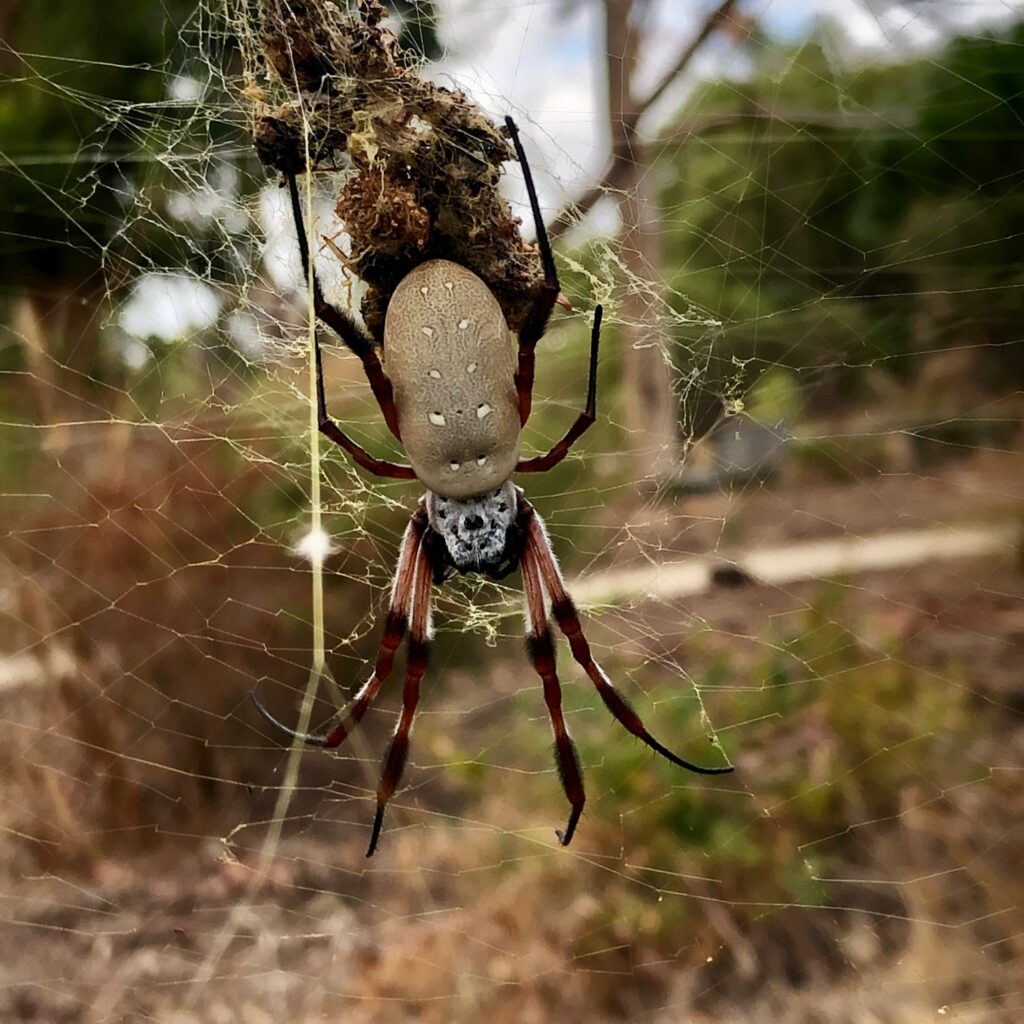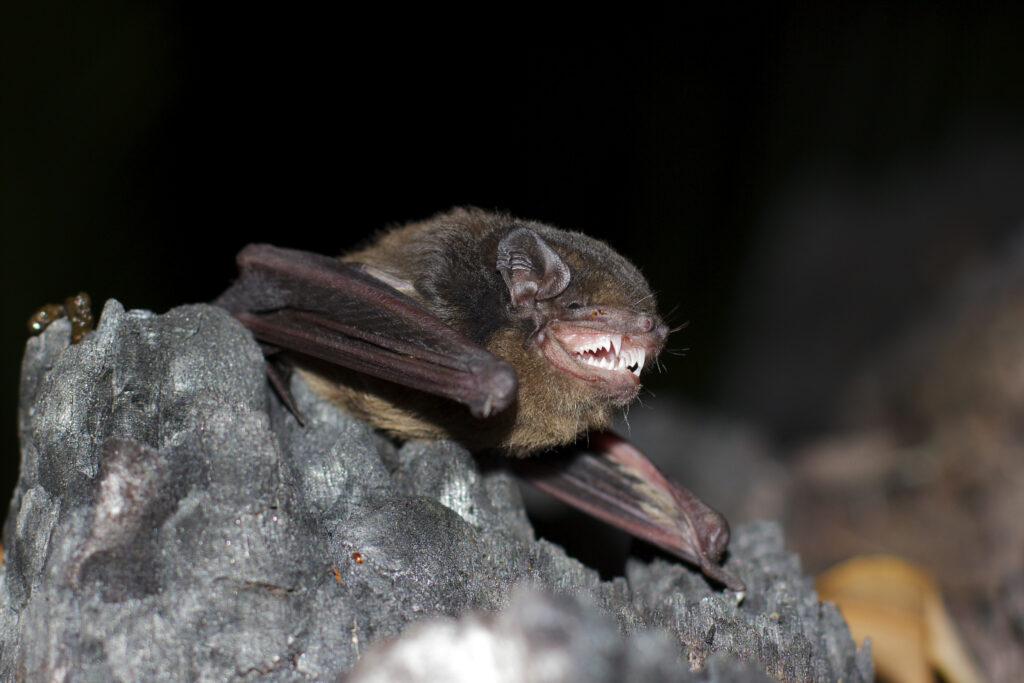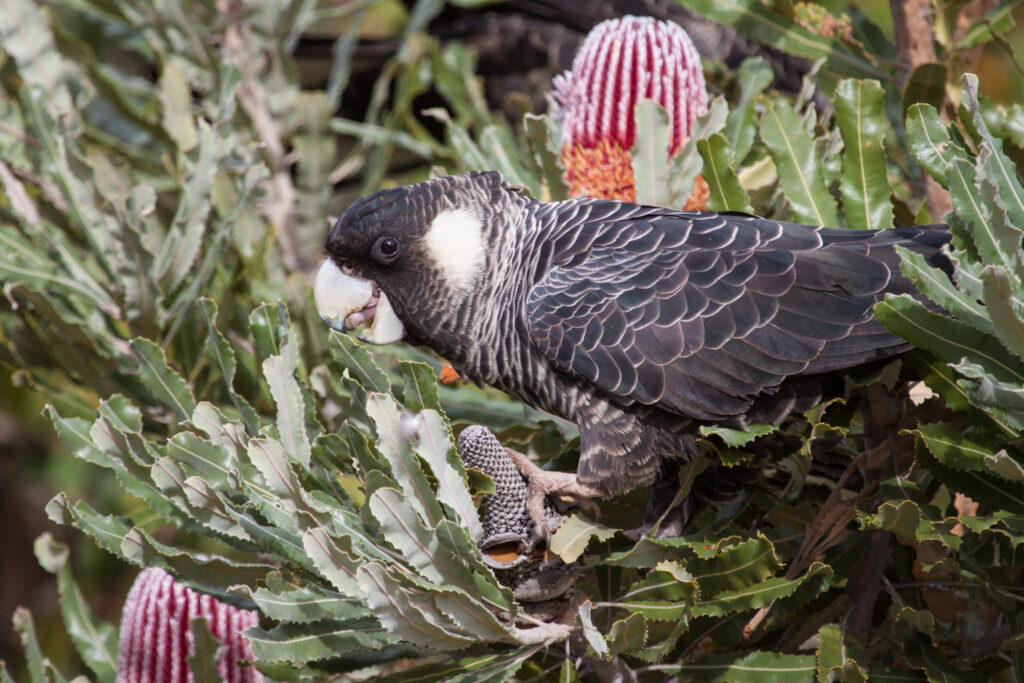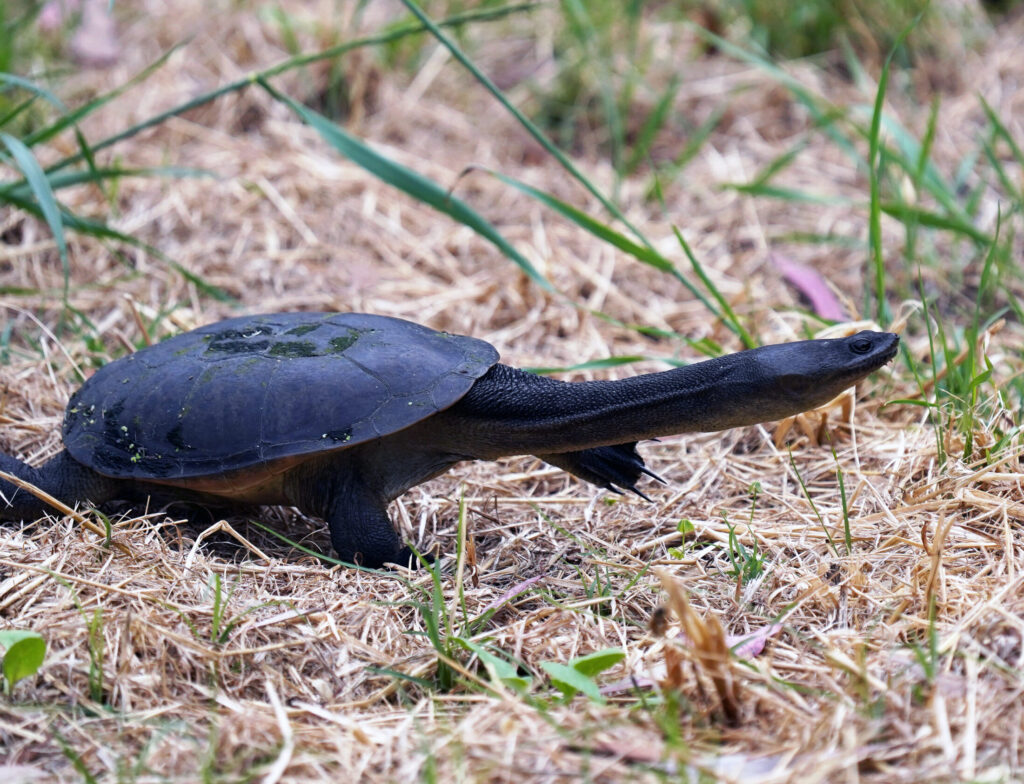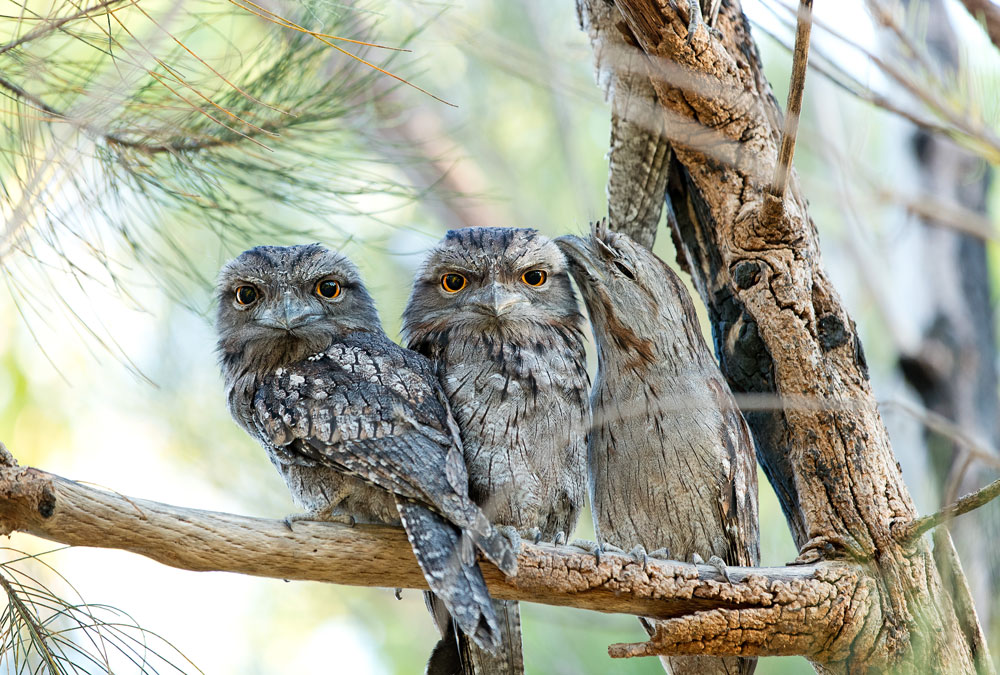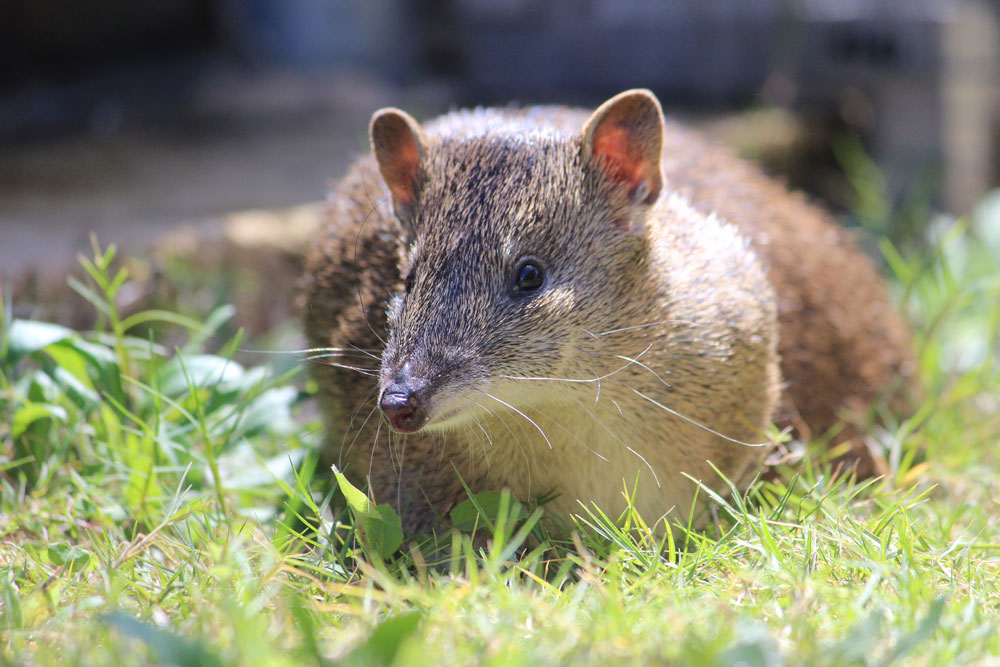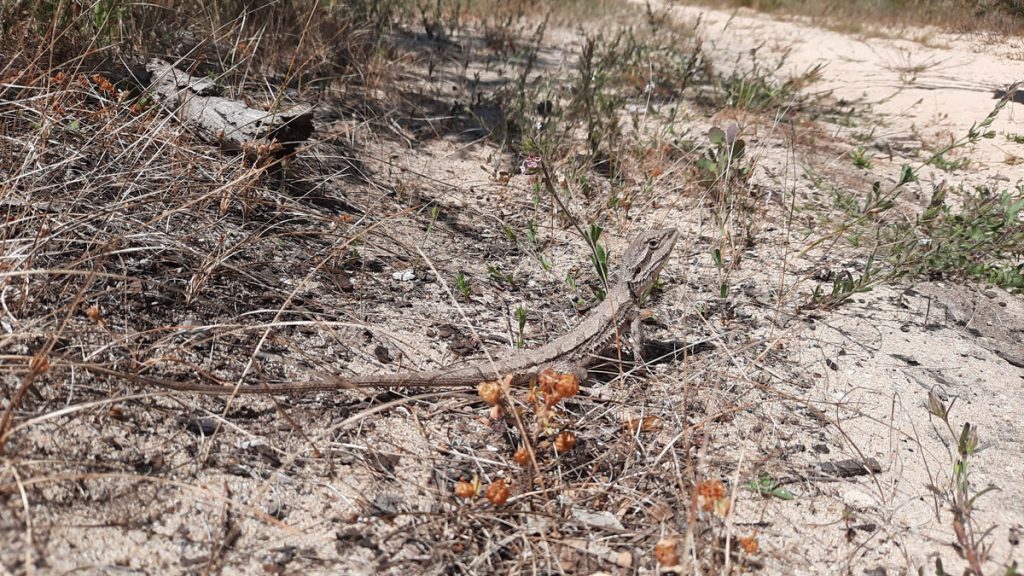The Beeliar woodlands and wetlands support a wide variety of flora and fauna, showcasing the incredible biodiversity present in each zone. Many species exclusively inhabit wetlands or rely on them for critical stages of their life cycles, making the protection of these environments paramount. The woodlands and wetlands provide unique habitats for specialised plants and animals, and their conservation is essential for preserving the delicate balance of these ecosystems. To further explore and appreciate the rich biodiversity of wetlands, click on the provided images and links.

